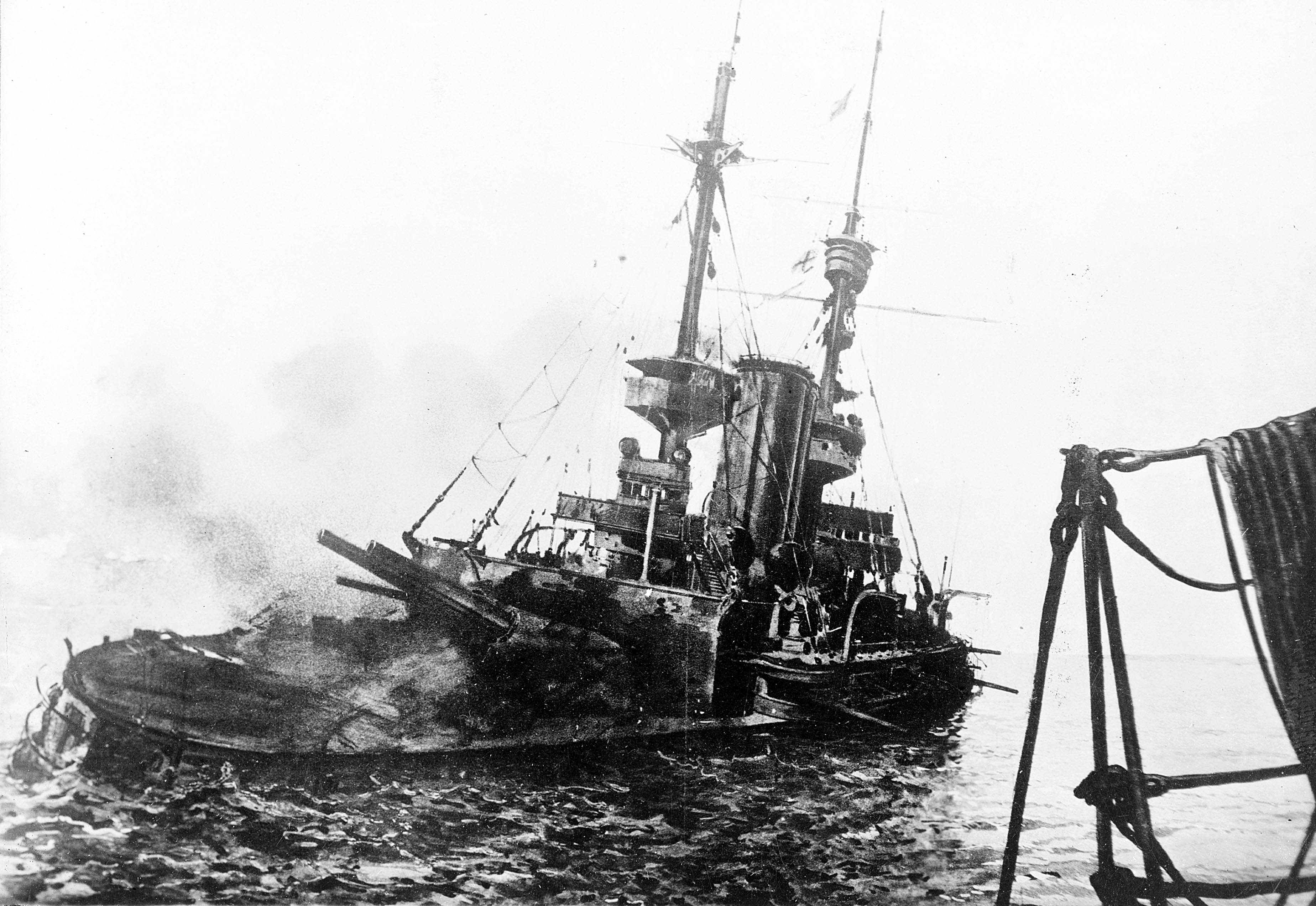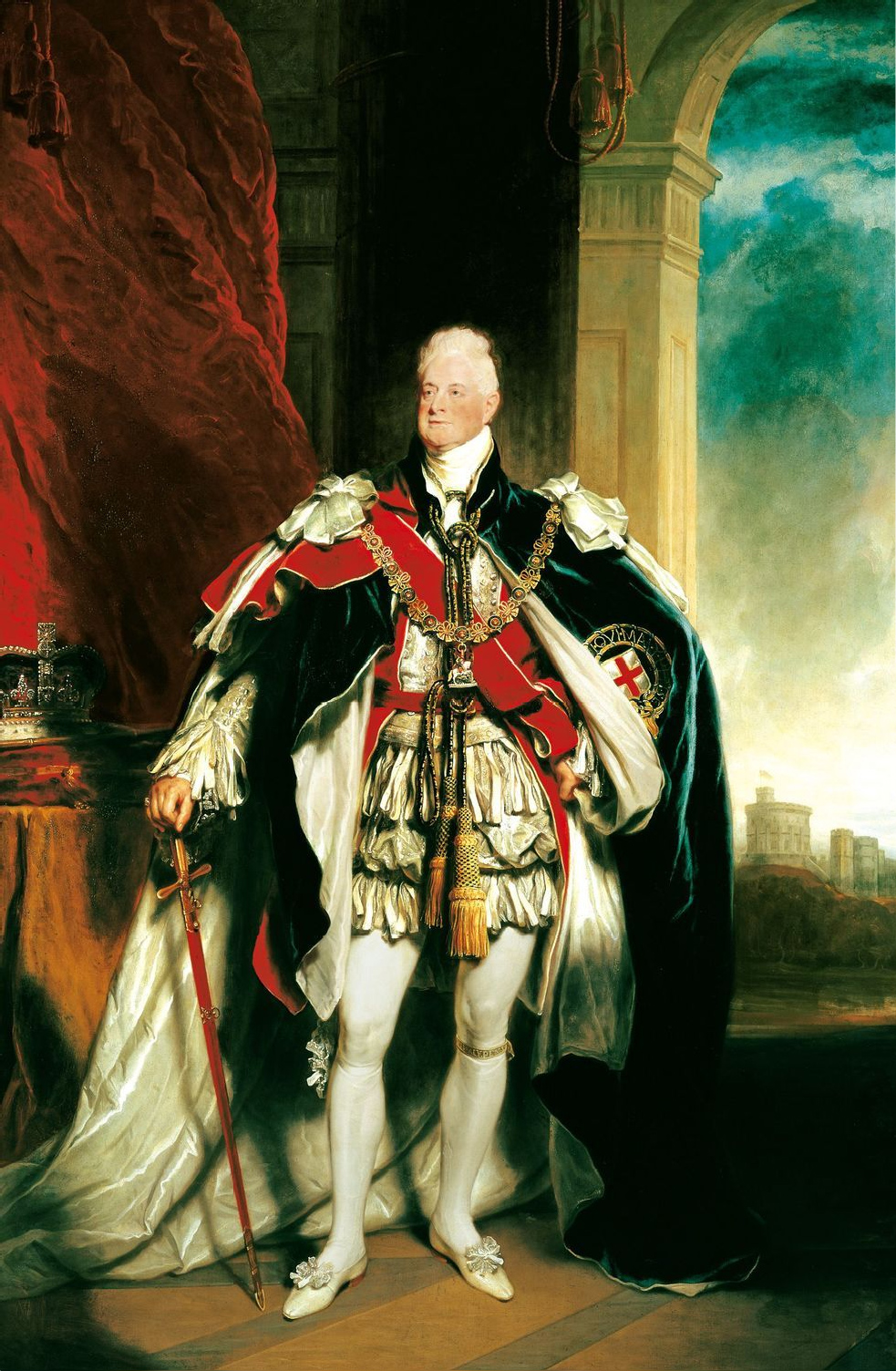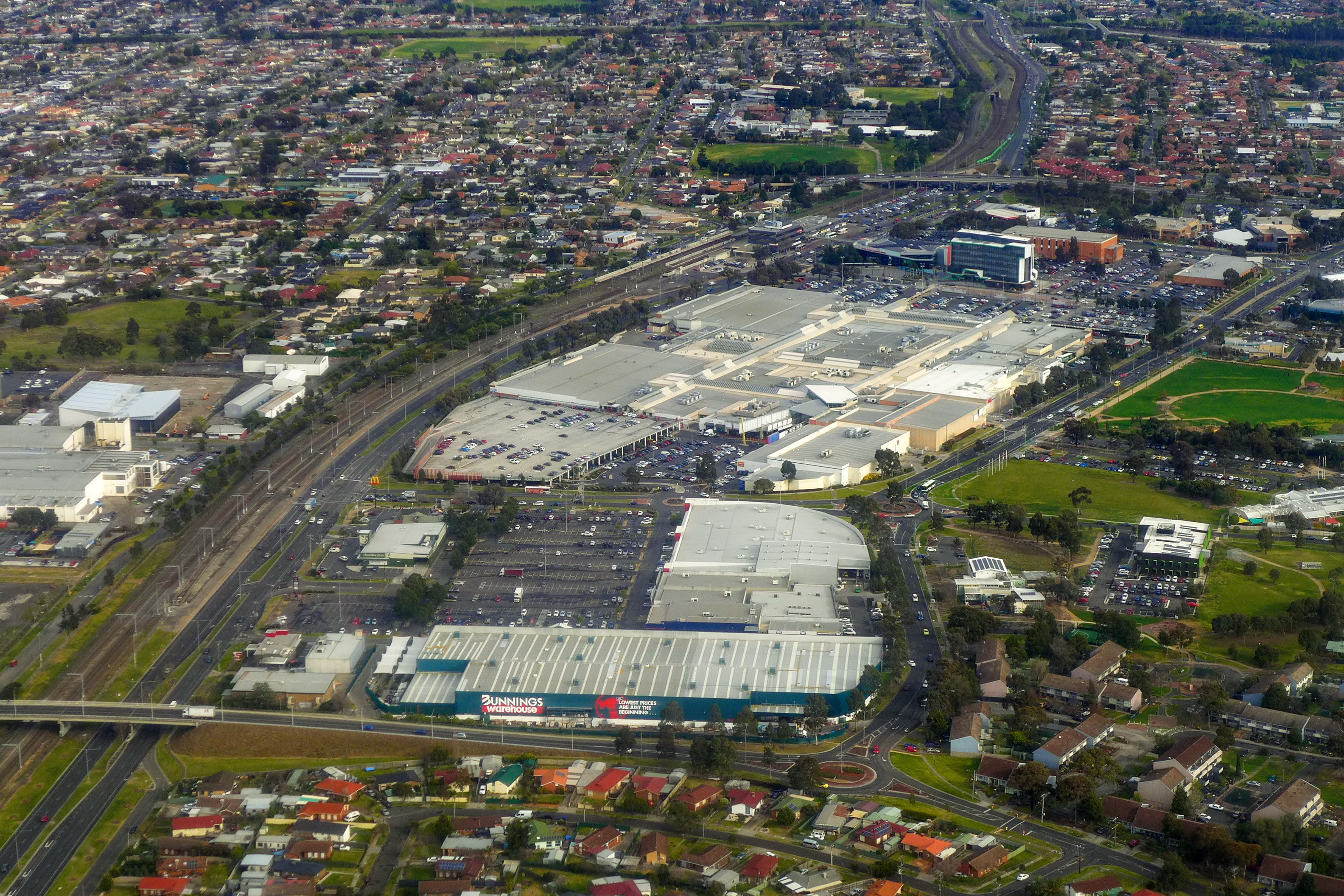|
13th Battalion (Australia)
The 13th Battalion was an infantry battalion of the Australian Army. Originally raised for the 1st Australian Imperial Force during the First World War, it was formed just six weeks after the start of the war. Along with the 14th, 15th and 16th Battalions which were recruited from New South Wales, it formed the 4th Brigade. The battalion saw service initially at Gallipoli before being transferred to France in 1916. For the next two years it fought in the trenches of the Western Front, earning numerous battle honours in the process. Following the end of the war, the 13th Battalion was demobilised in early 1919. It was re-raised in 1921 as a unit of the part-time Citizens Force, based around Maitland, New South Wales. During the Second World War the battalion undertook garrison duties before being amalgamated with the 33rd Battalion in October 1942. It was re-raised for a third and final time sometime after 1948 and remained on the order of battle until 1960 when it was sub ... [...More Info...] [...Related Items...] OR: [Wikipedia] [Google] [Baidu] |
Australian Army
The Australian Army is the principal Army, land warfare force of Australia, a part of the Australian Defence Force (ADF) along with the Royal Australian Navy and the Royal Australian Air Force. The Army is commanded by the Chief of Army (Australia), Chief of Army (CA), who is subordinate to the Chief of the Defence Force (Australia), Chief of the Defence Force (CDF) who commands the ADF. The CA is also directly responsible to the Minister of Defence (Australia), Minister for Defence, with the Department of Defence (Australia), Department of Defence administering the ADF and the Army. Formed in 1901, as the Commonwealth Military Forces, through the amalgamation of the colonial forces of Australia following the Federation of Australia. Although Australian soldiers have been involved in a number of minor and major conflicts throughout Australia's history, only during the Second World War has Australian territory come under direct attack. The Australian Army was initially composed a ... [...More Info...] [...Related Items...] OR: [Wikipedia] [Google] [Baidu] |
Australian 4th Brigade
The 4th Brigade is a brigade-level formation of the Australian Army. Originally formed in 1912 as a Militia formation, the brigade was re-raised for service during World War I, elements of the brigade served at Gallipoli and in the trenches on the Western Front before being disbanded in 1919. In 1921, the brigade was re-raised as a unit of Australia's part-time military forces, based in the state of Victoria. During World War II the brigade served in the New Guinea and New Britain campaigns. Following the war, the brigade formed part of the 3rd Division, however, it was later reallocated to the 2nd Division, where it serves as a Reserve combined-arms formation including units and personnel from all corps of the Army including armoured, infantry, artillery, engineers, signals and ordnance. History The 4th Brigade traces its origins to 1912, when it was formed as a Militia brigade as part of the introduction of the compulsory training scheme, assigned to the 2nd Military Dis ... [...More Info...] [...Related Items...] OR: [Wikipedia] [Google] [Baidu] |
Landing At Anzac Cove
The landing at Anzac Cove on Sunday, 25 April 1915, also known as the landing at Gaba Tepe and, to the Turks, as the Arıburnu Battle, was part of the amphibious invasion of the Gallipoli Peninsula by the forces of the British Empire, which began the land phase of the Gallipoli Campaign of the First World War. The assault troops, mostly from the Australian and New Zealand Army Corps (ANZAC), landed at night on the western (Aegean Sea) side of the peninsula. They were put ashore north of their intended landing beach. In the darkness, the assault formations became mixed up, but the troops gradually made their way inland, under increasing opposition from the Ottoman Turkish defenders. Not long after coming ashore, the ANZAC plans were discarded, and the companies and battalions were thrown into battle piecemeal and received mixed orders. Some advanced to their designated objectives, while others were diverted to other areas and ordered to dig in along defensive ridge lines ... [...More Info...] [...Related Items...] OR: [Wikipedia] [Google] [Baidu] |
John Monash
General Sir John Monash, (; 27 June 1865 – 8 October 1931) was an Australian civil engineer and military commander of the First World War. He commanded the 13th Infantry Brigade before the war and then, shortly after its outbreak, became commander of the 4th Brigade in Egypt, with whom he took part in the Gallipoli campaign. In July 1916 he took charge of the newly raised 3rd Division in northwestern France and in May 1918 became commander of the Australian Corps, at the time the largest corps on the Western Front. Monash is considered one of the best Allied generals of the First World War and the most famous commander in Australian history. Early life Monash was born in Dudley Street, West Melbourne, Victoria, on 27 June 1865, the son of Louis Monash and his wife Bertha, née Manasse. He was born to Jewish parents, both from Krotoschin in the Prussian province of Posen (now Krotoszyn, Poland); the family name was originally spelt ''Monasch'' and pronounced with t ... [...More Info...] [...Related Items...] OR: [Wikipedia] [Google] [Baidu] |
Egypt
Egypt ( ar, مصر , ), officially the Arab Republic of Egypt, is a transcontinental country spanning the northeast corner of Africa and southwest corner of Asia via a land bridge formed by the Sinai Peninsula. It is bordered by the Mediterranean Sea to the north, the Gaza Strip of Palestine and Israel to the northeast, the Red Sea to the east, Sudan to the south, and Libya to the west. The Gulf of Aqaba in the northeast separates Egypt from Jordan and Saudi Arabia. Cairo is the capital and largest city of Egypt, while Alexandria, the second-largest city, is an important industrial and tourist hub at the Mediterranean coast. At approximately 100 million inhabitants, Egypt is the 14th-most populated country in the world. Egypt has one of the longest histories of any country, tracing its heritage along the Nile Delta back to the 6th–4th millennia BCE. Considered a cradle of civilisation, Ancient Egypt saw some of the earliest developments of writing, agr ... [...More Info...] [...Related Items...] OR: [Wikipedia] [Google] [Baidu] |
Williamstown, Victoria
Williamstown is a suburb in Melbourne, Victoria (Australia), Victoria, Australia, south-west of Melbourne's Melbourne city centre, Central Business District, located within the City of Hobsons Bay Local government areas of Victoria, local government area. Williamstown recorded a population of 14,407 at the 2021 Australian census, 2021 census. History Indigenous history Indigenous Australians occupied the area long before maritime activities shaped the modern historical development of Williamstown. The Yalukit-willam clan of the Kulin nation were the first people to call Hobsons Bay home. They roamed the thin coastal strip from Werribee to Williamstown/Hobsons Bay. The Yalukit-willam were one clan in a language group known as the Bunurong, which included six clans along the coast from the Werribee River, across the Mornington Peninsula, Western Port Bay to Wilsons Promontory. The Yalukit-willam referred to the Williamstown area as "koort-boork-boork", a term meaning "clump of ... [...More Info...] [...Related Items...] OR: [Wikipedia] [Google] [Baidu] |
Broadmeadows
Broadmeadows is a suburb in Melbourne, Victoria, Australia, north of Melbourne's Central Business District, located within the City of Hume local government area. Broadmeadows recorded a population of 12,524 at the 2021 census. Broadmeadows is a sub-regional centre within the northern suburbs of Melbourne, and is often used as a reference for the suburbs around it, although this may be due to its former status as a municipality. History The Broadmeadows area, home to the Wurundjeri Aboriginal nation prior to European settlement, was settled by pastoralists in the 1840s. The original Broadmeadows (aka "Old Broady") is now known as Westmeadows, which lies to the west of the present Broadmeadows. The first Broadmeadows township was laid out by a Government survey in 1850. Ardlie Street was its commercial centre with a hotel (the Broadmeadows Hotel, now Westmeadows Tavern), the police station and the shire office (thDistrict Roads Board Building opened in 1866). Broadmead ... [...More Info...] [...Related Items...] OR: [Wikipedia] [Google] [Baidu] |
Sydney
Sydney ( ) is the capital city of the state of New South Wales, and the most populous city in both Australia and Oceania. Located on Australia's east coast, the metropolis surrounds Sydney Harbour and extends about towards the Blue Mountains to the west, Hawkesbury to the north, the Royal National Park to the south and Macarthur to the south-west. Sydney is made up of 658 suburbs, spread across 33 local government areas. Residents of the city are known as "Sydneysiders". The 2021 census recorded the population of Greater Sydney as 5,231,150, meaning the city is home to approximately 66% of the state's population. Estimated resident population, 30 June 2017. Nicknames of the city include the 'Emerald City' and the 'Harbour City'. Aboriginal Australians have inhabited the Greater Sydney region for at least 30,000 years, and Aboriginal engravings and cultural sites are common throughout Greater Sydney. The traditional custodians of the land on which modern Sydney stands ar ... [...More Info...] [...Related Items...] OR: [Wikipedia] [Google] [Baidu] |
ANZAC Rifle Range
The ANZAC Rifle Range is a rifle range located on the Malabar Headland, Malabar, in the City of Randwick local government area of New South Wales, Australia. It is headquarters to the New South Wales Rifle Association, and hosts the annual NSW Queen's Prize shooting competitions. The range is located on land owned by the Commonwealth of Australia. Chronology of the ANZAC Rifle Range *1855Recreational shooting begins on the Malabar headland. *1855The new village of Long Bay is notified in the Government Gazette. *1859The Randwick Municipal Council area is created which includes the Malabar suburb and headland. *1860A meeting is held on 5 October 1860 which results in an agreement to form the National Rifle Association of New South Wales (later renamed to the current New South Wales Rifle Association). The first president is appointed on 15 October 1860. Annual Prize Meetings are held on a rifle range at the Randwick Race Course from 1861 to 1866 and thereafter the Paddington Rif ... [...More Info...] [...Related Items...] OR: [Wikipedia] [Google] [Baidu] |
Royal New South Wales Regiment
The Royal New South Wales Regiment (RNSWR) is a reserve infantry regiment of the Australian Army based in the state of New South Wales. Organisation The regiment currently consists of four battalions: * 1st/19th Battalion; * 2nd/17th Battalion; * 4th/3rd Battalion; * 41st Battalion. Along with these battalions, the regiment's history includes a number of other units that have been removed from the Australian Army's order of battle. These include: the 1st, 2nd, 3rd, 4th, 13th, 17th, 18th, 19th, 20th, 30th, 33rd, 34th, 35th, 36th, 45th, 53rd, 54th, 55th and 56th Battalions and their associated Second Australian Imperial Force battalions. In addition, through the process of re-roling, the several light horse, armoured or cavalry units have also contributed to the regiment's history such as the 6th New South Wales Mounted Rifles, the 6th Light Horse and the 6th Armoured Regiment. History The regiment was formed in 1960 as a result the amalgamation of all the Citize ... [...More Info...] [...Related Items...] OR: [Wikipedia] [Google] [Baidu] |
33rd Battalion (Australia)
The 33rd Battalion was an infantry battalion of the Australian Army. Formed in 1916, the battalion fought on the Western Front during World War I. It was disbanded after the war, but later re-raised as a part-time unit based in New South Wales. During the inter war years, it was amalgamated with other battalions a couple of times before being re-raised in its own right in 1936. During World War II, the battalion remained in Australia and in 1942 was amalgamated with the 13th Battalion, which was disbanded the following year having not served overseas. History World War I Raised for service during World War I as part of the all-volunteer 1st Australian Imperial Force (AIF), the 33rd Battalion was formed in Australian in January 1916 as part of an expansion of the AIF that took place after the Gallipoli campaign. The majority of the battalion's personnel came from the New England region of New South Wales and as a result the 33rd Battalion came to be known unofficially ... [...More Info...] [...Related Items...] OR: [Wikipedia] [Google] [Baidu] |
Maitland, New South Wales
Maitland () is a city in the Hunter Region, Lower Hunter Valley of New South Wales, Australia and the seat of Maitland City Council, situated on the Hunter River (New South Wales), Hunter River approximately by road north of Sydney and north-west of Newcastle, New South Wales, Newcastle. It is on the New England Highway approximately from its origin at Hexham, New South Wales, Hexham. At the it had approximately 78,015 Residency (domicile), inhabitants, spread over an area of , with most of the population located in a strip along the New England Highway between the suburbs of Rutherford and Metford respectively. The city centre is located on the right bank of the Hunter River, protected from moderate potential flooding by a levee. Surrounding areas include the cities of City of Cessnock, Cessnock and Singleton Council, Singleton Local government in Australia, local government areas. History The Wonnarua, Wonnarua People were the first known people of this land. They called ... [...More Info...] [...Related Items...] OR: [Wikipedia] [Google] [Baidu] |



_-_Davies_&_Co.%2C_Photographers%2C_Melbourne_(12199143986).jpg)



